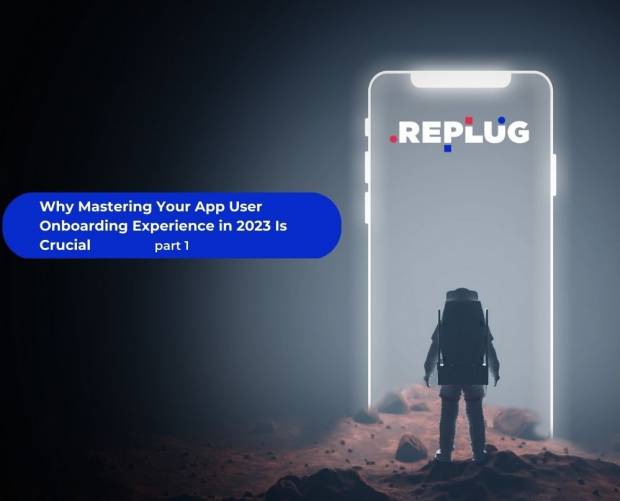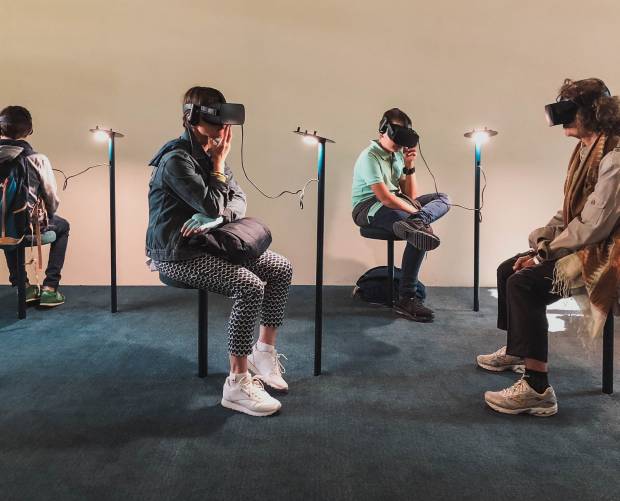 The Internet of Things (IoT) is a nebulous term, meaning different things to different people. For some, the term is interchangeable with M2M (machine-to-machine). For others, it goes no further than a Smart TV or Internet fridge.
The Internet of Things (IoT) is a nebulous term, meaning different things to different people. For some, the term is interchangeable with M2M (machine-to-machine). For others, it goes no further than a Smart TV or Internet fridge.
And that’s one of its biggest problems. Because the Internet of Things, in its fullest sense, is vast. Absolutely jaw-droppingly vast. Everything from that Smart TV at one end of the spectrum, to a module attached to a pipeline in the desert, powered by an AA battery that should be good for 30 years, sending signals back to base at a pre-ordained interval to let them know all’s as it should be.
And in between are household appliances and control systems for heating, lighting, security, sound etc; vending machines; a US app that monitors the amount of propane gas left in your barbecue gas cannister – now that I would pay good money for, if only once every three years - and a whole host of b2b applications.
It’s top of my mind today because I have spent most of it in Cambridge at The Internet of Things 2014 conference, and a very informative and useful day it’s been too. Given where the industry’s at in its development, it would not have been too surprising to have been met with a sea of statistics relating to the future potential size of the market, but in fact, there were surprisingly few of these. It was more about practitioners sharing their experiences of what a company operating in this space needs to do be successful, and also, of some of the unlikely areas in which success might lie.
Dog’s life
At one end of the spectrum, Alex Deschamps-Sonsino, founder of Good Night Lamp and Tinker London, and general IoT mover and shaker, explained that if you’re designing consumer-facing IoT products – think of something like a connected dog collar - then you have to put some time into it and get yourself on the radar of people looking to buy it as a Christmas present for their parents.
She also had some good stuff to say about the nuances in audience between different crowd-funding platforms, and the tendency of big companies to use these platforms to see what ideas seem ripe for development, before piling in themselves.
At the other end of the spectrum, Stan Boland, CEO of Neul, talked about the tremendous money-saving implications of a connected sensor fitted to soap dispensers in an office block which would mean that the facilities management company/department responsible for refilling it only needed to do so when it was close to empty, without numerous visits to check on its status between refills.
Somewhere in the middle, George Yianni, head of technology, connected lamps at Philips, explained the journey the company the company went on in developing its Hue connected lightbulb. Some in the audience may have thought he slightly over-evangelised the lightbulb in his opening few minutes – “the most underrated appliance ever” – but his point, that in research, no one thought they needed a connected lightbulb, but actually, they did want what it could deliver, was well made.
There was also an interesting discussion on IoT tariffs, with a couple of companies, most notably, Arkess and Sigfox, arguing that traditional operator tariffs are fine for multimedia devices that need a lot of data, but not for person-to-machine or machine-to-machine interactions, where only a minimal amount of data needs to be exchanged.
Given that a lot of mobile operators are already well entrenched in the IoT, or perhaps more specifically, M2M space, I would be interested to get some clarity on the sort of tariffs involved in, say, a vending machine sending a message back to base to say it needs, or indeed, doesn’t need, a refill.
Human element
There were four other presentations that I saw of note. Claire Rowland, a user experience researcher and designer, made a brilliant case for remembering the human element in these things. As digital warriors, we are all familiar with clicking on a link on a website and sometimes having to wait 30 seconds while it loads because of a connectivity issue; we are less familiar with flicking a switch on a lamp and waiting a similar amount of time for it to start giving out light (though users of low-energy lightbulbs may beg to disagree), but this is what can happen n the IoT world, so needs to be taken into consideration, along with the confusion and frustration it is likely to cause for the user.
She also made a good point about the need for synergy between physical objects and the apps used to control them, so if a physical thermostat makes reassuring click when you knock the temperature up a degree, for example, the app you can also use to control it should do the same.
Hugo Fiennes, CEO and co-founder of Electric Imp, scratched around the edges of the core subject, but no one really cared as he shared his experiences of working at Apple as the iPhone 4 hardware manager, including the fact that, even though he was responsible for the hardware, the first time he saw the user interface was at the public launch of the handset, since Apple tends to do things on a need to know basis.
He also shared a nice analogy that as one of the companies building the Internet of Things, he is working to the same standards and attention to detail as the Victorian engineers who built London’s sewers. This is a big undertaking and no-one really wants to have to rip it all up and start again in 10 years’ time.
Andy Stanford-Clark, master inventor – there’s a job title – at IBM, ran some very cool live demos which proved he was worthy of that title, showing even a coding numpty like myself how it’s possible to tap into, say, Twitter sentiment to change the colour of a light bulb. That might not seem like a big deal but I am sure plenty of brands can find a way to harness that sort of power.
Digital kitchen
The final presentation I saw was from Jeremy Basset, global marketing director at Unilever, who admitted that the company was “just starting to explore” the potential of the IoT. He explained how Unilever has a massive presence in the kitchen, through its food brands; in the bathroom, through its haircare, skincare and cosmetics brands; in store; and out of home, through its ice cream and other food and drink brands, and how it was now looking to build on each of these environments through IoT.
It has already invested in a US company called Yummly, for its work around the Digital Kitchen, which Bassett said was not about the Internet fridge, but about the whole holistic process of seeking inspiration for what to eat, shopping for the ingredients, then cooking the meal.
Bassett also announced the launch of the Unilever Foundry, through which it aims to find interesting companies to work with and possibly invest in to realise its IoT and other digital ambitions.
This is not Unilever’s first such initiative of course. Its investment arm, Unilever Ventures, has been around since 2002, investing in start-ups, including, in the mobile space, Brandtone. But the launch of the Unilever Foundry is another sign of its commitment to seeking out and nurturing new, disruptive talent.
We all know the GAFA Gang and other OTT companies see a big future for the Internet of Things. The fact that one of the world’s biggest consumer packaged goods/fast moving consumer goods companies is taking it serious too makes it clear that this is another (r)evolution no company can afford to ignore.




